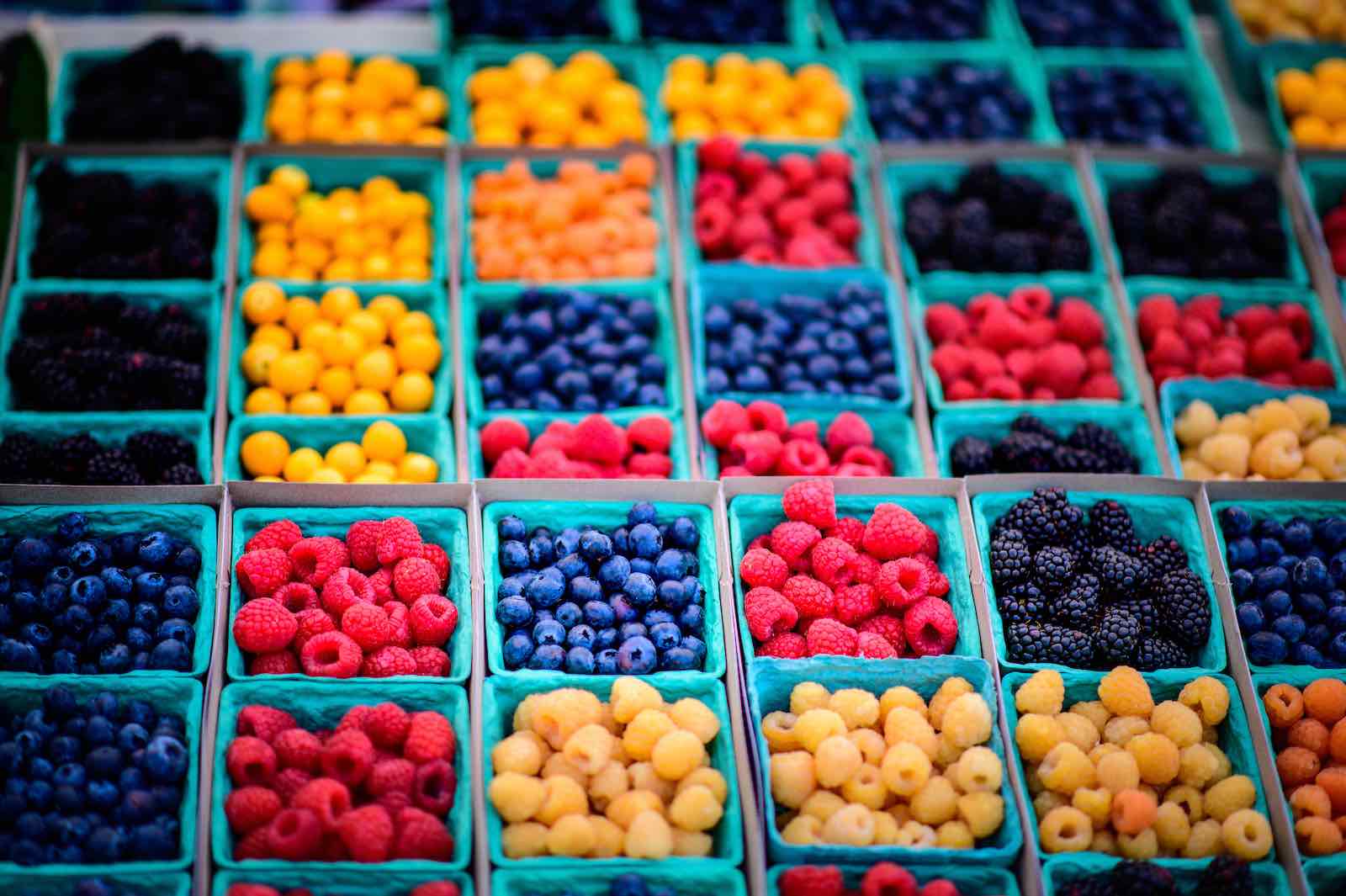Trying to divine the future is a risky exercise. A couple of years ago if any of us were asked what the end of 2021 would be like, we’d all be wrong!
In spite of the risks, we can’t help ourselves but to at least try to prepare for the future. In this article we’ll take a look at what’s likely to happen with food. Consumer trends, supply chain issues and worker shortages are all on the table.
Food Supply Chain
Just as much as a shortage of electronic goods has been in the news, affected by the lack of parts, shipping containers and truckers, the food supply chain has also been affected in many similar ways.
Although consumers have reacted to the instability by hoarding toilet paper, the same can’t be done with most food. Companies that sell perishable products must also limit how much inventory they keep on hand otherwise they could lose lots of money on spoilage.
We can expect an improvement in the supply chain issues in 2022, but it’s unlikely to get back to “normal” even toward the end of the year. Some issues that will make a difference in how close to normal we might get include the following:
- Worker Shortages
The “great resignation” will subside over time. Many of the jobs in the industry are lower paying jobs and employers are finding ways to address not only low pay but also to improve work conditions. It has been widely recognized that worker loyalty and retention are issues that include not only pay but also job advancement, recognition and worker safety and comfort. Workers calling in sick during the pandemic has also aggravated shortages but with more vaccine mandates in place and many choosing to get vaccinated on their own, the number of employees calling in sick has decreased.
- Transportation Issues
Unfortunately transportation will still be a problem. The whole transportation industry has a lot of work to do before it catches up to demand. Food transport has had to compete against booming online commerce for trucks and truckers. Fortunately the government will help. In June the Department of Agriculture announced 4 billion dollars of investment in shoring up the food supply chain plus another $100 million in a guarantee loan program. - The Food Supply Chain Will Become More Efficient
The food supply chain has been slow to implement new technology. With costs being up for the last two years, it has become more cost efficient for third parties to provide solutions. Robotics, AI and analytics are becoming an increasing part of the industry. Improving logistics and sharing data access along the supply chain will help all through the system.
What People Will Eat
Whole Foods gathers a group of culinary and business experts to forecast trends every year. They predict a continuation of interest in health and home cooking that came out of the pandemic lockdowns. * Some other trends include:
Innovation in growing food will accelerate.
Indoor farming, aquaponic farming and robotic farms will be a growing (no pun intended) part of the industry. Urban farms have started to become more important to cities as the impact from climate change as well as supply chain issues make “buying local” more of a priority for consumers.
Tart Yazu fruit is expected to gain greater popularity in stores and restaurants. Increasing demand for fresh turmeric and hibiscus will be driven by the health benefits and a desire for natural substitutes for over-the-counter drugs. Moringa is relatively new to the American market but has long been used as an herbal medicine in India and Africa.
The pandemic drove many Americans to drink at record levels but over time there has been a backlash. Consumers are increasingly embracing low and no-alcoholic drinks. It is forecasted that no/low beverages will grow faster than the traditional alcoholic beverages in the next several years.
Whatever happens in the next year, it is likely that no one will predict it perfectly. As the baseball legend Casey Stengel once said:
Never make predictions, especially about the future.
*https://www.mashed.com/641183/whole-foods-is-predicting-these-major-food-trends-for-2022/


Recent Comments